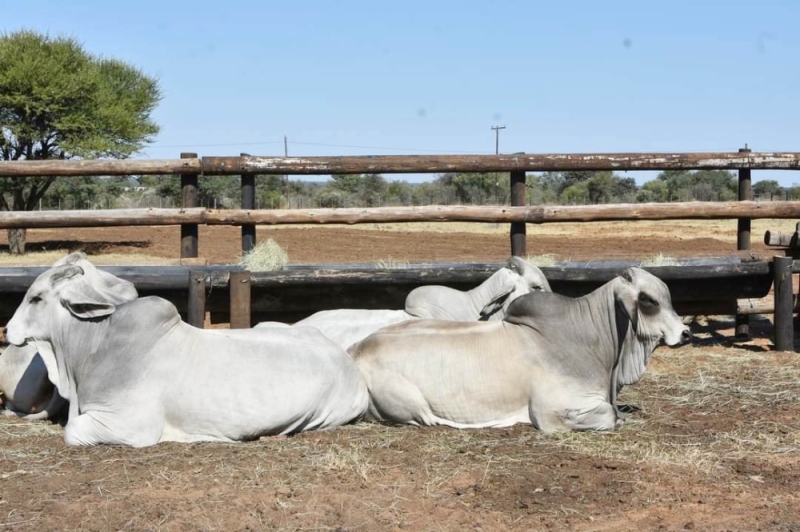Beef debate: Lessons from Argentina
Lewanika Timothy | Monday May 29, 2023 06:00


Both countries suffer from unfavourable climatic conditions but both have always harboured high hopes of reaching the pinnacle of success in beef production.
However, in the last 50 years, Argentina has significantly exceeded Botswana’s agricultural market performance, a fact Julieta Fernandez Madero, an agricultural specialist from Argentina, says is the result of differences in policy between the two countries.
Speaking recently, Madero said her country implemented supportive agricultural policies alongside good farm practices that Botswana is yet to attempt. She was speaking at a recent workshop attended by financiers, farmers and members of the public and private sector, designed to highlight good farm practices.
Addressing an audience that included acting Agriculture Minister, Molebatsi Molebatsi, Madero, said Botswana has been focusing on the wrong strategy in its attempts to improve the performance of the animal husbandry sector in Botswana. She said Argentina boosts of being amongst the leading quality exporters of beef to international markets despite having had an equally challenging start 50 years ago.
“When we started focusing more on improving the quality of our breeds rather than the quantity, we experienced an increase of the cow head count from 500,000 to 1.5 million in a period of 15 years,” said Madero. “Not only that, but we are proud to be exporting cows with a carcass weight of over 450 kg.”
These results are not miraculous, she said.
“This is the end product of meticulous implementation of cross breeding as a leading strategy for agricultural performance improvement. “Crossbreeding our low grade local cows with superior breeds like Bos Taurus yielded a 40% increase in weight gain,” Madero said.
She added: “Botswana should skew towards using crossbreeding, and crossbreeding is more effective when it is done with cows with adaptable genetics to hot climates. “This will improve tenderness of the meat and colour.”
While Argentina has soared to become the world’s sixth highest producer, in Botswana, the beef sector and agriculture in general have been dying a slow and painful death over the decades. In its prime years, agriculture contributed a sweet 40% to Botswana’s Gross Domestic Product (GDP) topping the list as the country’s source of livelihood and wealth.
Over the decades, the sector has experienced a pattern of negative growth, leading to a sharp decline of its share in GDP as other sectors have expanded the overall size of the economy. Today, agriculture contributes just three percent to the GDP.
Statistics Botswana reports that in 2010, the local cattle population was a little over two million, but seven years later that number fell to only 1.3 million. Farmers have left the sector in droves, as a variety of factors have conspired to drop birth rates, hike mortalities and dull the allure of the beef sector.
From close to 80,000 cattle holdings in 2010, a 2019 survey showed that the country had under 30,000 cementing the fall of the once proud beef sector.
Government has furiously and steadfastly invested in the sector, pumping billions of pula over the years in various initiatives, despite the little success and output from agriculture and beef in particular.
Under the priority of boosting food security, reducing the import bill and enhancing value chain development, billions of pula more are being spent in various agricultural activity, spreading from infrastructure to support programmes.
Farmers are known for their eternal optimism and government is hoping the arrival this week of 162 bulls and heifers from the United States will be the catalyst needed to revive the beef production and boost the broader agriculture sector.
Whether those hopes will be realised, remains to be seen.
